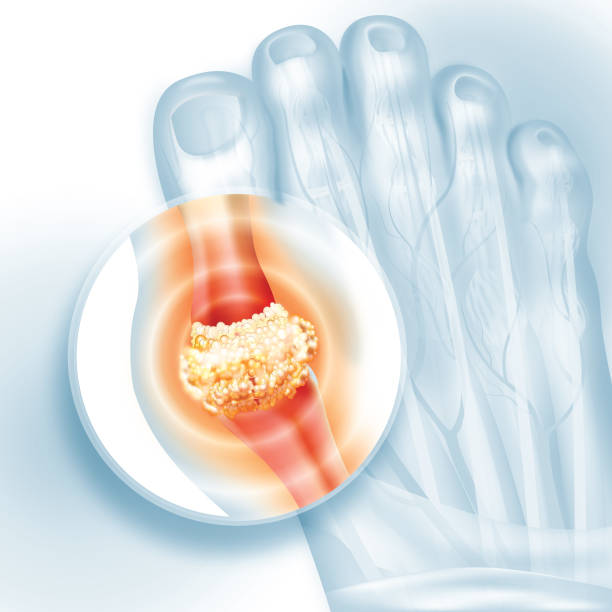In the world of emergency medicine, seconds can mean the difference between life and death. Controlling bleeding quickly and effectively, especially during procedures like burn debridement, has long posed a challenge for clinicians. Now, scientists have unveiled a groundbreaking wound dressing that not only stops bleeding rapidly, but also promotes faster, deeper healing—offering a potentially life-saving solution in some of the most difficult trauma cases.
In a study recently published in the prestigious journal Advanced Materials, a team of researchers led by Dr. Zhong Chao and Dr. An Bolin from the Shenzhen Institute of Advanced Technology, along with Dr. Liu Yan from Ruijin Hospital affiliated with Shanghai Jiao Tong University School of Medicine, introduced a remarkable innovation: a synthetic thrombin-anchored bacterial cellulose (T-BC) dressing that revolutionizes wound treatment.
The Challenge: Healing Where It Hurts Most
Burn injuries are among the most devastating forms of trauma, often affecting multiple organs and systems. They come with a high risk of complications, and the path to recovery is long and painful. One of the biggest hurdles is managing bleeding during surgical removal of burned tissue—a process known as debridement. The tools doctors commonly use, like electrocautery devices, can stop the bleeding, but they often cause additional tissue damage due to heat, which can complicate healing even further.
Even the best existing dressings fall short. Bacterial cellulose (BC), a naturally derived material praised for its strength, breathability, and compatibility with the body, has been widely studied as a wound dressing. But BC has a flaw—it lacks the ability to promote clotting. Without hemostatic properties, it can’t meet the needs of severe wound care where stopping blood loss quickly is crucial.
The Innovation: Bioengineering That Mimics Nature
What makes this new dressing different is the elegant fusion of biology and materials science. The researchers anchored thrombin, a naturally occurring enzyme in the human body that promotes blood clotting, onto the BC structure using a cellulose-binding domain (CBD)—a molecular “Velcro” that tightly attaches proteins to cellulose surfaces.
This novel combination creates a thrombin-anchored BC (T-BC) composite that not only retains the BC’s flexible, breathable nanomesh structure but also equips it with fast-acting clotting power. The dressing doesn’t just passively cover a wound—it actively participates in stopping bleeding and accelerating tissue repair.
In laboratory clotting tests, the T-BC dressing outperformed traditional materials. In animal models, it did something even more impressive: when applied to a rat liver incision—a notoriously difficult wound—it achieved complete hemostasis in under one minute.
Healing Burns Like Never Before
The real test came in simulating a deep second-degree burn—a type of injury that involves both the outer and inner layers of skin. When the T-BC dressing was used on these wounds, the results were dramatic. After just five days, the wounds treated with T-BC showed 40% more closure than those treated with conventional methods.
But the researchers didn’t stop at surface-level results. They looked under the microscope, and even down to the genetic level, to understand how the dressing works so effectively. Their analysis revealed a triple synergy driving the healing process.
First, the dressing promotes neovascularization—the formation of new blood vessels—which brings oxygen and nutrients to regenerating tissue. Second, it modulates the immune response, calming excessive inflammation that can otherwise delay healing. And third, it guides the reconstruction of skin architecture, ensuring that new tissue forms correctly and securely.
This isn’t just a bandage—it’s a finely tuned bioactive platform that helps the body repair itself faster and more precisely than ever before.
Simple Assembly, Safer Science
One of the most exciting aspects of this innovation is how it’s made. Many high-tech wound dressings require harsh chemicals or extreme manufacturing conditions that can damage the very molecules meant to help. But not the T-BC dressing.
Thanks to the self-assembly approach using CBDs, the thrombin is immobilized onto the cellulose simply by soaking the BC in a mild protein solution. It’s a clean, gentle process—efficient and scalable—eliminating the need for potentially toxic additives or complicated fabrication steps.
In addition to its remarkable performance, the dressing passed a rigorous set of biosafety tests, including cytotoxicity, hemolysis, and histocompatibility. In all categories, it showed excellent safety and compatibility with human tissues—critical for future clinical applications.
The Bigger Picture: From Battlefield to Burn Units
The implications of this technology are wide-reaching. Imagine medics on the battlefield carrying lightweight, bioengineered dressings that can stop bleeding and jumpstart healing on the spot. Or surgeons in burn units using a material that not only protects wounds but actively heals them faster.
This isn’t science fiction. It’s the next step in bioengineered wound care, and it’s built on a foundation of natural materials and intelligent molecular design.
Dr. Zhong Chao, co-lead of the study, emphasized the translational potential: “We wanted a solution that works not just in the lab, but in real-world medical environments. T-BC is scalable, safe, and effective—and it could transform how we treat wounds both acute and chronic.”
Hope in a Tiny Matrix
In the translucent fibers of bacterial cellulose, the team of researchers has woven a new kind of hope—for burn victims, trauma patients, and anyone suffering from complex wounds. It’s a reminder that sometimes the most powerful breakthroughs come not from massive machines or billion-dollar programs, but from understanding nature at the smallest scales and mimicking its most elegant solutions.
With continued development and clinical trials, the T-BC dressing may soon be saving lives—not just in labs and operating rooms, but in ambulances, war zones, and homes around the world.
Science, once again, has stepped into the service of humanity—quietly, beautifully, and powerfully.
More information: Yaomin Wang et al, Thrombin‐Anchored Bacterial Cellulose Dressing for Advanced Burn Wound Care, Advanced Materials (2025). DOI: 10.1002/adma.202420338






